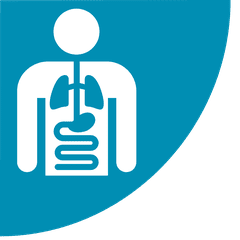NEWSWATCH
CHEMICAL AND MATERIAL HAZARDS

Employees at Insect-rearing Facility Overexposed to Formaldehyde
Employees at an insect-rearing facility were exposed to levels of formaldehyde above the NIOSH ceiling limit of 0.1 ppm, according to a report published by the agency’s Health Hazard Evaluation Program. NIOSH staff visited the facility three times over nine months to evaluate overall indoor environmental quality, including employees’ potential exposures to formaldehyde, bleach, insects, and insect debris.
The facility raises pink bollworm moths as part of a pest control program intended to keep moth infestations below economic impact levels in cotton-growing areas. Sterile moths raised in the facility are used to overwhelm infestations to help cotton growers avoid the need to use pesticides on their crops. Formaldehyde is used during the preparation and disinfection of the insect eggs. In addition, moths have been associated with contact dermatitis; urticaria, or hives; and respiratory irritation and asthma in both occupational and non-occupational settings.
During interviews conducted by NIOSH staff, employees reported health effects such as eye, respiratory, and skin irritation consistent with exposures to irritants and allergens. Agency personnel found that inhalable particulate matter containing moth scales and insect debris was not well controlled in the facility and identified several areas where improvements in local exhaust ventilation were needed.
In addition to recommending consultation with a ventilation engineer to modify and improve LEV, NIOSH urged the employer to explore substitutes for formaldehyde in egg disinfection that are less hazardous for employees. The facility should also replace latex gloves with nitrile ones to eliminate an additional potential allergen source.
The International Agency for Research on Cancer classifies formaldehyde as carcinogenic to humans. NIOSH considers the substance to be a potential carcinogen.
Further details are available in the HHE report (
PDF
).

